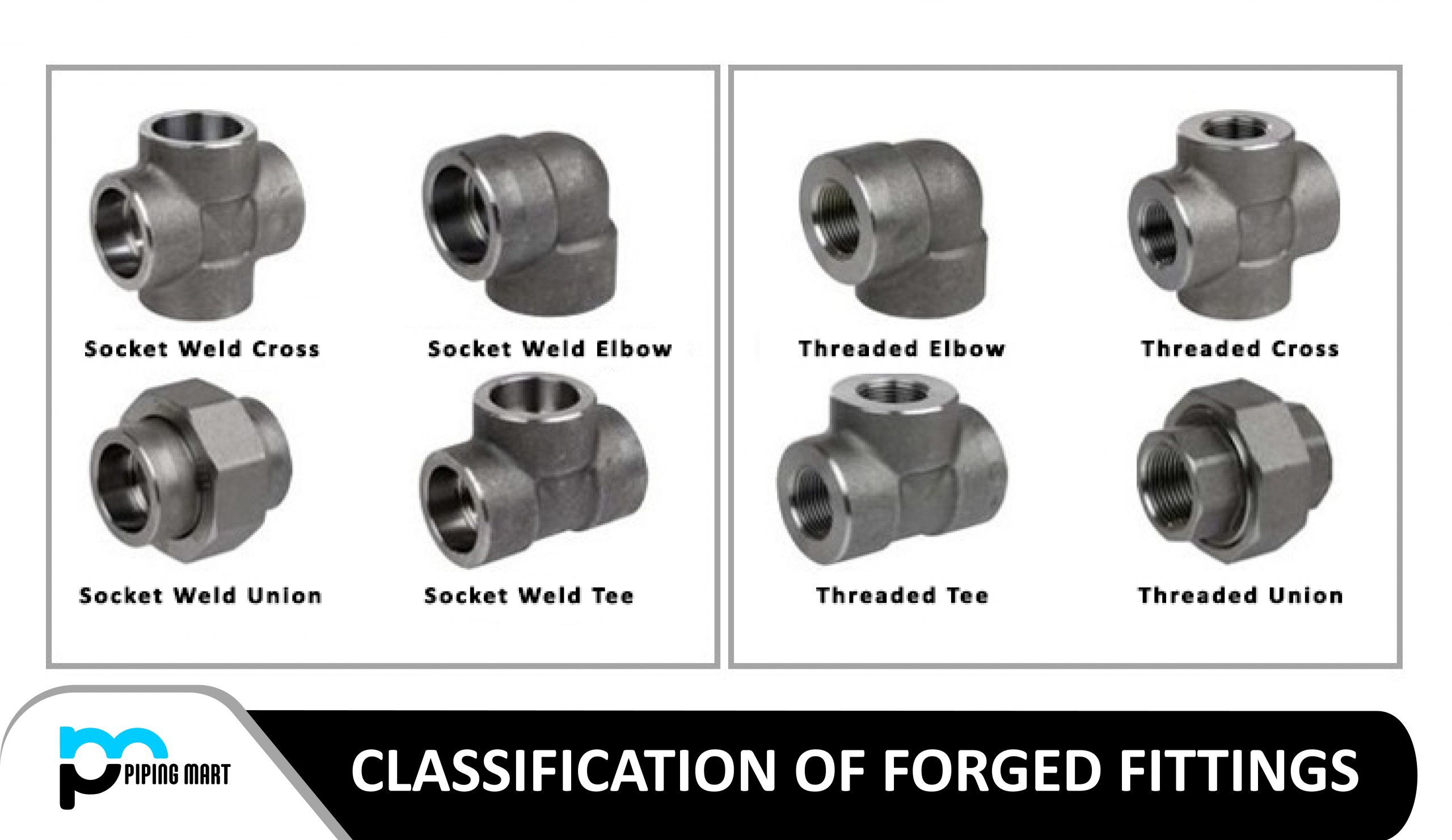Robotic milling machines have been around for many years, and they are becoming increasingly popular in the manufacturing industry. But what are the advantages and disadvantages associated with these machines? Let’s take a look at some of the pros and cons to help you decide if robotic milling machines are right for you.
Advantages of Robotic Milling Machine
Robotic milling machines offer a number of advantages over traditional manual milling. First, they can be programmed to perform complex and precise tasks with a high degree of accuracy. This means that parts made with robotic milling machines are usually more precise than those made by hand or with conventional equipment. Additionally, robots can be programmed to work faster than humans, making them ideal for large-scale production runs. Finally, robotic milling machines require less human intervention, freeing up personnel to handle other tasks.
Increased Productivity
Robotic milling machines can work 24 hours a day, 7 days a week, without getting tired. This means that they can produce parts at a much faster rate than human workers. Additionally, robotic milling machines can be programmed to perform multiple tasks, which further increases their productivity.
Improved Quality
Robotic milling machines are able to produce parts with a high degree of accuracy and repeatability. This means that the parts produced will be of a consistent quality, which is essential for many applications.
Reduced Costs
Since robotic milling machines are so productive and accurate, they can help to reduce the overall cost of manufacturing parts. Additionally, robotic milling machines require less maintenance than traditional machining equipment, which further reduces costs.
Increased Safety
Robotic milling machines can operate in environments that are hazardous to human workers. This means that they can be used in applications where there is a risk of exposure to harmful chemicals or fumes. Additionally, robotic milling machines can be equipped with safety features such as emergency stop buttons to further improve safety.
Flexibility
Robotic milling machines are highly flexible and can be programmed to perform a wide variety of tasks. This means that they can be used for a wide range of applications, including prototyping and production runs.
Disadvantages of Robotic Milling Machine
Despite their many advantages, there are also some drawbacks associated with robotic milling machines. First, they tend to be much more expensive than manual or conventional tools due to their complexity and sophistication. Additionally, these machines require specialized programming knowledge in order to operate correctly—which may not always be available in-house. Finally, if something goes wrong with a robotic machine, it can cause serious delays in production as technicians work to get it up and running again.
High Initial Cost
One of the primary disadvantages of robotic milling machines is their high initial cost. These machines can cost tens of thousands of dollars, which can be a significant investment for many businesses. Additionally, these machines require specialized training to operate, which can also add to the overall cost.
Limited Material Options
Robotic milling machines are also limited in terms of the materials they can work with. These machines are typically only able to work with soft materials, such as plastics and aluminium. As a result, they are not well-suited for use with harder materials, such as steel or titanium.
Limited Size Options
Another disadvantage of robotic milling machines is that they are typically only available in a limited range of sizes. This can be an issue for businesses that need to mill large pieces of material, as they may not be able to find a machine that is large enough to accommodate their needs.
High Maintenance Costs
Robotic milling machines also have high maintenance costs. These machines require regular cleaning and lubrication in order to keep them running smoothly. Additionally, the tools used with these machines wear down quickly and need to be replaced frequently, which can add to the overall cost of ownership.
Safety Concerns
There are also some safety concerns associated with robotic milling machines. These machines typically have sharp blades that can pose a danger to operators if they are not properly trained in how to use them safely. Additionally, the fumes generated by these machines can be harmful if they are inhaled.
Conclusion:
Although robotic milling machines offer many benefits to manufacturers—including increased accuracy and speed—they also come with certain drawbacks, such as higher costs and specialized programming needs. Before investing in one of these sophisticated pieces of equipment, it is important to consider your specific business needs and weigh out the pros and cons carefully before making a decision. With careful consideration, you can find the right solution for your manufacturing process that will improve efficiency while still keeping costs low.

Abhishek is a seasoned blogger and industry expert, sharing his insights and knowledge on various topics. With his research, Abhishek offers valuable insights and tips for professionals and enthusiasts. Follow him for expert advice on the latest trends and developments in the metal industry.




